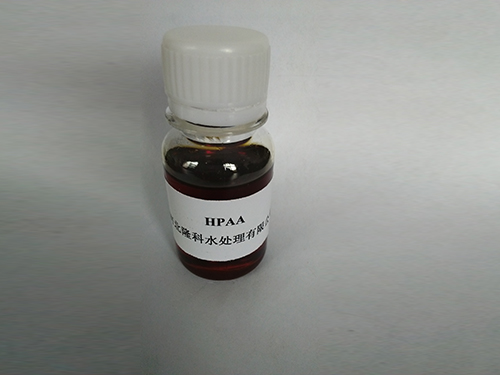Effective Use of Poly Aluminum Chloride in Water Treatment Processes
Poly Aluminum Chloride in Water Treatment A Comprehensive Overview
Water treatment is a critical process that ensures safe water supply for various uses, from drinking to industrial applications. Among the various chemical agents employed in water purification processes, Poly Aluminum Chloride (PAC) has emerged as a popular choice due to its efficiency and effectiveness. This article delves into the properties, applications, advantages, and considerations of using PAC in water treatment.
What is Poly Aluminum Chloride?
Poly Aluminum Chloride is a chemical compound that is classified as a water-soluble, coagulant agent. It is formed by the polymerization of aluminum chloride and is often available in liquid form or as a powder. The structure of PAC is characterized by multiple positively charged aluminum ions. This unique structure enables PAC to effectively destabilize colloidal particles in water, facilitating their aggregation and subsequent removal.
Mechanism of Action
The coagulation process involves several steps. When PAC is added to water, it dissociates and releases aluminum ions. These positively charged ions neutralize the negative charges on suspended particles, such as silt, clay, and microorganisms. As a result, the particles aggregate, forming larger flocs that can be easily removed through sedimentation or filtration. The effectiveness of PAC is enhanced by its ability to produce an optimal floc size, leading to improved sedimentation rates and clearer effluent.
Applications in Water Treatment
PAC is extensively used in various water treatment scenarios. Its primary applications include
1. Drinking Water Treatment PAC plays a pivotal role in the purification of drinking water by removing turbidity, organic matter, and pathogens. Its efficient coagulation properties help in producing high-quality water that meets regulatory standards.
2. Wastewater Treatment In wastewater treatment, PAC is employed to reduce contaminants and facilitate the removal of suspended solids, organic matter, and heavy metals. Its use enhances the overall treatment efficiency and helps in compliance with environmental regulations.
3. Industrial Applications Many industries, including paper manufacturing, dyeing, and food processing, utilize PAC for water clarification and pH adjustment. Its versatility makes it suitable for processes requiring effective particle removal and color reduction.
Advantages of Using PAC
poly aluminum chloride water treatment

1. Higher Efficiency PAC has a higher coagulant efficiency compared to traditional aluminum and iron-based coagulants. This means that lower doses can be used to achieve the same or better results, resulting in cost savings.
2. Broad pH Range PAC is effective across a wide pH range, making it suitable for diverse water sources. This adaptability ensures its effectiveness in varying water chemistry conditions.
3. Less Sludge Production PAC typically produces less sludge compared to conventional coagulants, which simplifies the sludge disposal process and minimizes environmental impact.
4. Improved Water Quality The use of PAC often results in clearer water and better removal of micro-organisms and organic matter, enhancing the overall quality of treated water.
Considerations and Challenges
While the advantages of PAC make it an attractive option for water treatment, some considerations must be kept in mind
1. Aluminum Concerns The use of aluminum-based coagulants has raised concerns regarding their potential health impacts. However, research has shown that when used appropriately, the levels of aluminum in treated water remain within safe limits.
2. Cost While PAC is generally cost-effective, fluctuations in raw material prices can impact overall treatment costs. Water treatment facilities should assess their specific needs and budget when choosing coagulants.
3. Training and Handling Proper training is necessary for personnel involved in PAC application. Safe handling and adherence to guidelines are essential to mitigate risks associated with chemical exposure.
Conclusion
Poly Aluminum Chloride remains a vital component in water treatment processes, offering significant advantages in efficiency, effectiveness, and water quality improvement. Its wide applicability in both drinking and wastewater treatment makes it a valuable tool for meeting the growing demand for safe and clean water. As water treatment technologies evolve, the continued exploration of PAC’s capabilities will likely lead to further advancements in ensuring water safety and sustainability.
-
Pbtc Scale InhibitorPBTC: A Scale Protector for Industrial Water TreatmentNewsAug.05,2025
-
Organic Phosphonate: An Efficient Defender in the Field of Scale InhibitionNewsAug.05,2025
-
Hydrolyzed Polymaleic Anhydride: Green Pioneer in Scale Inhibition FieldNewsAug.05,2025
-
PAPEMP Polyamino Polyether Methylene Phosphonic Acid For SaleNewsAug.05,2025
-
Flocculant Water Treatment: A Pioneer in Purification in the Field of Water TreatmentNewsAug.05,2025
-
Benzyl Isothiazolinone: An Efficient and Broad-Spectrum Antibacterial Protective GuardNewsAug.05,2025





